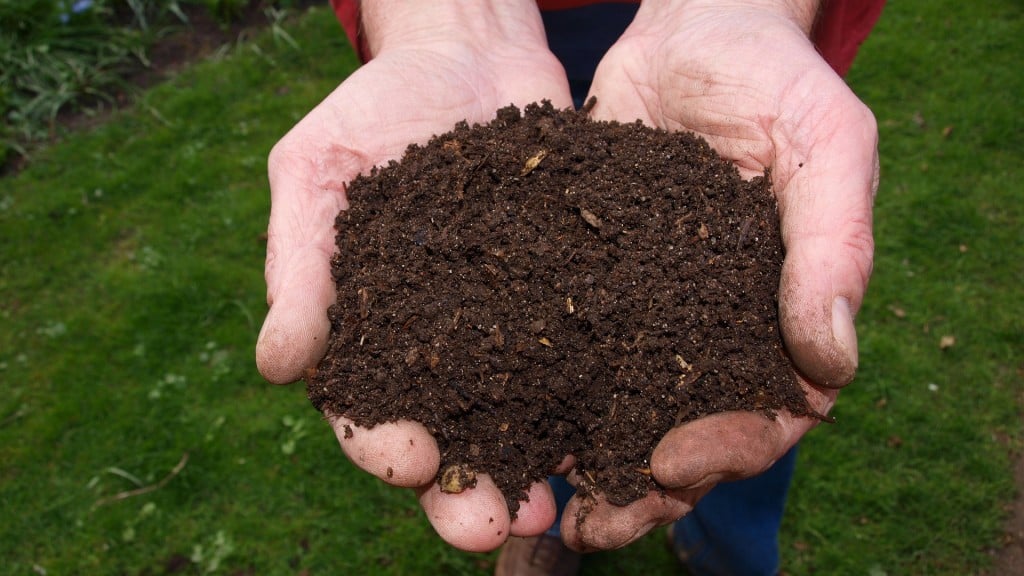Working toward a food waste solution
Latest CEC report estimates that 168 million tonnes of food are wasted in North America each year

With all the current focus on scrap import restrictions in China, as well as NAFTA negotiations between the U.S. and Canada which could have long-term effects on trade in steel, aluminum and a range of other goods and commodities, it is easy to forget about some of the other ongoing challenges affecting the recycling and waste management sector.
This past spring, the Commission for Environmental Cooperation (CEC), based out of Montreal, released a comprehensive report on the state of food loss and waste in Canada, Mexico and the United States, developed through the CEC's North American Initiative on Food Waste Reduction and Recovery.
"Characterization and Management of Food Loss and Waste in North America" documents the adverse socio-economic and environmental impacts of food loss and waste, and actions that the industrial, commercial, institutional, government and nongovernmental sectors can implement to mitigate these impacts.
The report estimates that 168 million tonnes of food are wasted in North America each year, with Americans wasting 415 kilograms (915 pounds) per capita, Canadians 396 kilograms (873 pounds) per capita, and Mexicans 249 kilograms (549 pounds) per capita. With notable differences between the three countries, the report finds that the largest share of food loss and waste in North America - 67 million tonnes/year - occurs at the consumer level. In addition, there are 52 million tonnes wasted at the industrial, commercial and institutional levels and 49 million tonnes at the pre-harvest level. This loss of food waste represents a huge waste of social, economic and natural resources and has significant environmental impacts.
The CEC report also provides an examination of the primary causes of the problem, focusing on overproduction, product damage, lack of standardized date labelling practices, lack of cold-chain infrastructure, rigid food-grading specifications, and varying customer demand and market fluctuations.
According to César Rafael Chávez, CEC executive director, "As we build a greater understanding about the impact of food loss and waste on our economy and environment, we must also commit ourselves to take action on source reduction and food rescue and recovery, at all stages of the food supply chain.
"Our aim with this report is to establish a baseline and identify an array of tools and strategies that will enable each sector of the food supply chain to make reducing these losses a reality."
Distributors, retailers, food-rescue organizations and food service providers have a critical role to play in realizing solutions to the issue of food waste loss. As do recyclers. For those that recognize the fact that when it comes to food waste, there is a never-ending supply of material, there is high demand for end product, and the technology and systems for its conversion to compost and energy is available and advancing rapidly a massive opportunity awaits.
This article was originally published in the July/August 2018 edition of Recycling Product News, Volume 26, Number 5.


